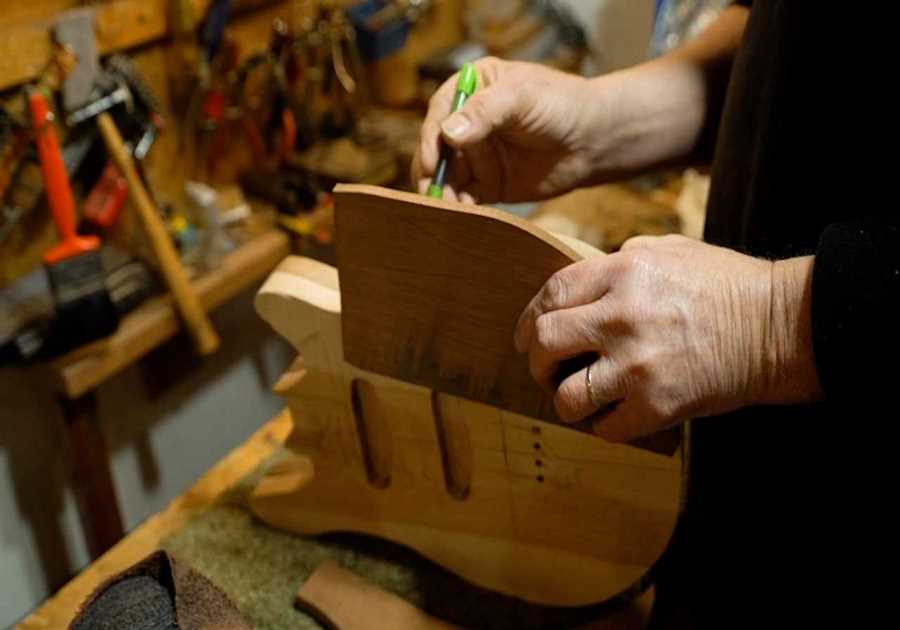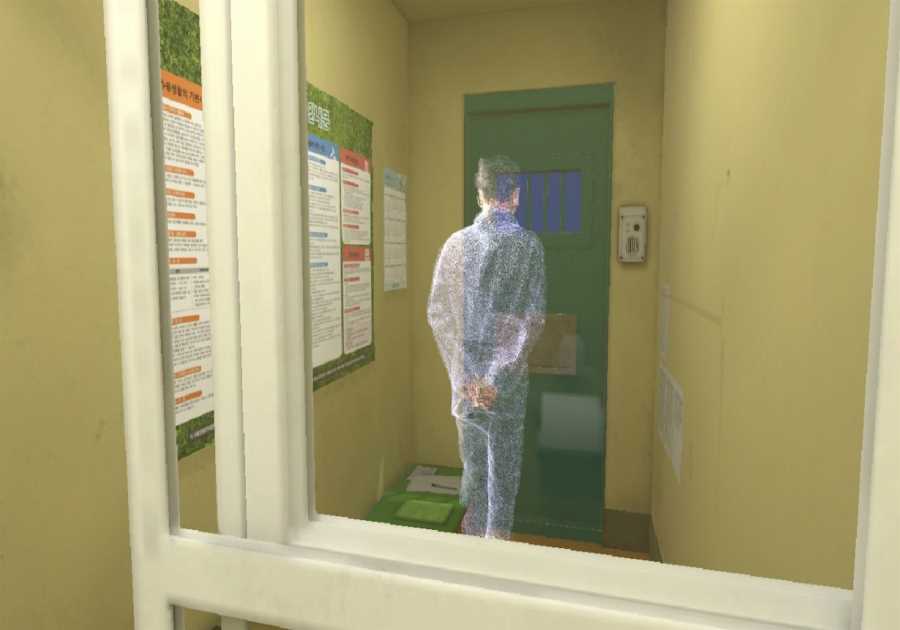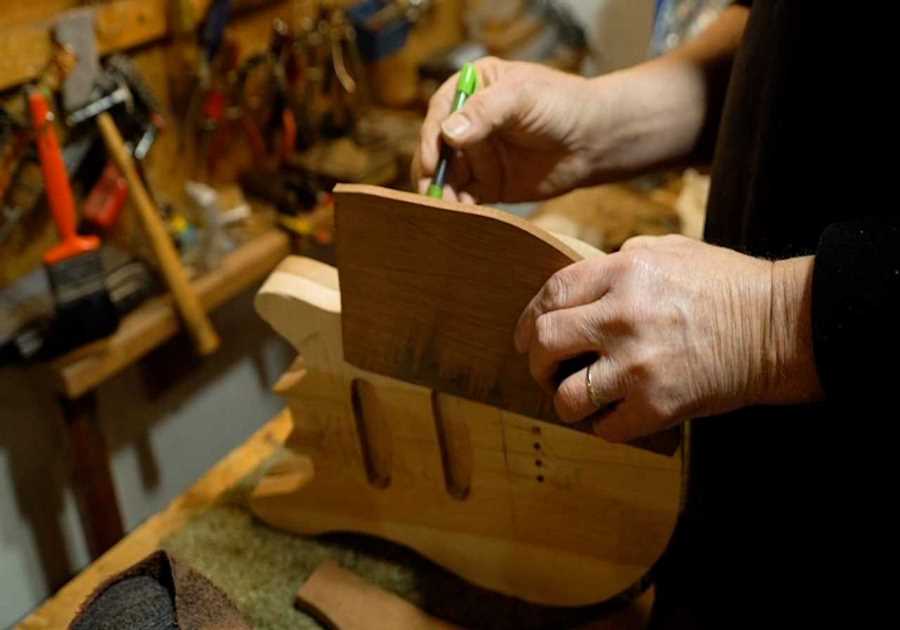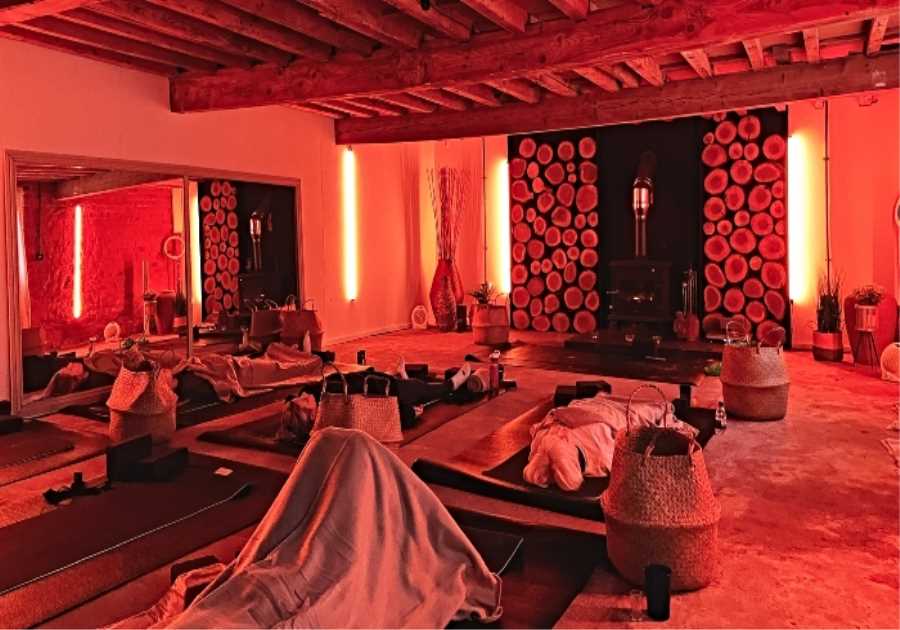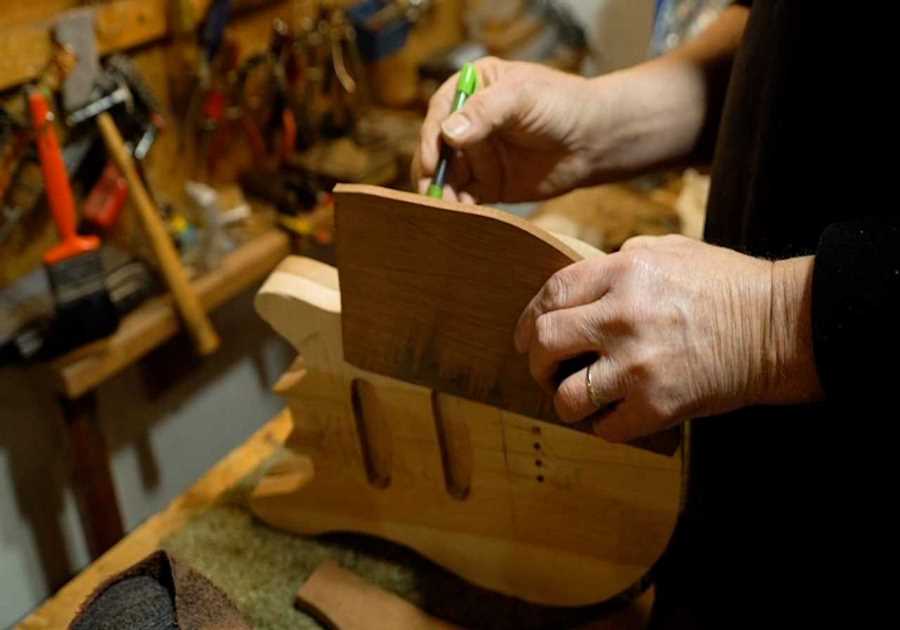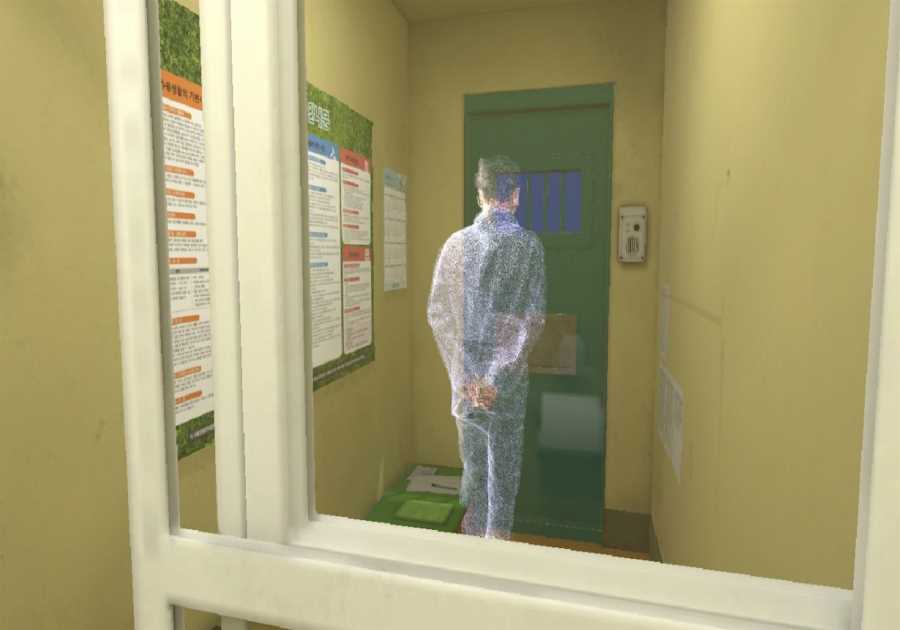In her latest book Trust the gold, meditation teacher Tara Brach tells the story of a giant Buddha statue from Bangkok made of plaster of paris and clay – everyone thought. “It wasn’t particularly beautiful, but the locals loved it over the centuries for its stamina,” explains Brach. But in 1957 a dry climate cracked the statue, and when a monk peeked in, he saw something metallic shining through. Eventually, the monks who tended the statue discovered that beneath the clay and plaster of paris lay the largest solid gold statue in all of Southeast Asia.
“Historians and monks believe it was covered to survive invasions and protect it from theft or destruction,” says Brach. “Similarly, we cover up our own innate purity to protect ourselves through troubled times.” – We can overcome divisions and treat ourselves and others with compassion.
Given the increasing polarization that defines our current social and political climate, Trusting the Gold is a book for our time. Based on the teachings of the Buddha, it is also timeless. Tricycle met with Brach to learn more about the central themes of the book, how they convey them, and why they are so important today.
Trust in the gold is centered on our innate goodness. Why did you choose this topic for a book in particular? We live in times when what I call “bad other” is skyrocketing. It is one of the effects of global trauma to have such an anxious society with post-traumatic stress disorder. There is a hijacking of our survival brain. What happens is that we look for differences and dangers. And that includes wickedness and “other”. A sad example is when groups of people have different political views and this leads to deep distrust and the perception that the other side is morally depraved. And that of course fuels the violence, and any cooperation – in view of the climate emergency, the pandemic, racism, the growing gap between rich and poor – becomes impossible.
We suffer because we forget our belonging and are also cut off from our inner workings. When fear is in full swing we need a path to healing, and one of the ways is to remember the good – the love and awareness that lives through ourselves and all beings. In our personal healing, it is important to see our goodness and to live this life with care. That is the essence of metta [lovingkindness]. As for relationship healing, I think the greatest gift we give one another is to become a mirror of kindness. When we see the good in others, we bring it forward so that it feels like an essential part of healing our world.
It is true that this “bad othering” feels like one of the defining characteristics of today’s society. For people who are new to metta or trying to see the good and move it forward, how do you say, where to start? Is there a practice or concept that could help bridge the gulf if more people stick to it? To see the good intentionally – to see the person and the heart there – is really powerful. The other important aspect is realizing the vulnerability of others. When we are angry and reproach ourselves, there is one thing we do not see: how a person might be suffering. I think of Ruby Sales, a civil rights icon and deeply wise woman. Your practice is to ask, “Where does it hurt?” She’ll ask that out loud, but she just says in her mind, “What’s it like to be you?” Kind of growing insignificance. So this is your tool: when there is a difference, just get under it and say, “Where does it hurt?”
When you go for a walk in the forest you see a dog under a tree and you go petting it, but it stumbles towards you with bared fangs, you switch from a friendly feeling to anger and fear. But then you see that the dog is trapping his leg and you switch to “Oh, you poor thing”. You may not get close because it’s still dangerous, but you no longer blame it. It is no longer a “bad other”. You want to help. So it is really important that we learn to see how those who we may think are evil actually suffer.
Tara Brach’s new book Trusting the Gold: Uncovering Your Natural Goodness is now available from Sounds True. | Author photo by Jonathan Foust
Can you tell us what the color gold means in the title of the book? Suffering happens when we cover ourselves with our egoic strategies, defenses, aggression, greed or insecurities, and when we think of ourselves as shells – when we forget the gold. We forget our essence, which is love, awareness, creativity, aliveness and compassion. “Trusting the gold” means looking behind the shell and remembering this essence so that when we are together we see our roles and feel our personality, but we also feel our basic goodness behind it. Thomas Merton calls this our “secret beauty”.
How can we begin to shed these shells with which we identify? There are two interrelated ways in which we awaken from identification with our shell. One is the practice of meditation, in which we take care of what is to come inwardly, and the other with other people. In our inner practice, I often use this in meditation RAIN meditation– recognize, allow, examine and maintain – as a way of removing identification with coverings. For example, if someone has been critical and my cover is on the defensive, the art of RAIN is to identify the defensive. The “A” of rain is to let it happen. To explore the “I” and to feel that my body is tense. Then I have to nurture and hold that vulnerability with some compassion. When I do that, the whole defensive stance loosens because I have this feeling of a greater presence and I no longer identify myself with the defensive self. That’s only an example.
The second way to clear covers is with other people. We create a safe space with each other and can share what is going on and give each other feedback so we have a clear picture of how we are defending or attacking. When we do it with others, we find that it’s not as personal that we all have [coverings]. Once you realize it’s not that personal, you are less identified.
They also write, “If we belong to a non-dominant group in our culture, we take on additional layers of protection that help us face the violence of social injustice and oppression.” Can you talk about it? How can covers be beneficial? Sleeves are most solid when there is trauma, but even when there is no trauma we all have some basic insecurity that we cover up. One of the places that there is so much suffering is racism, where there has been so much assault and whenever there is this type of assault or violence the covers need to be more protective.
What helps people connect is recognizing their shared shells and creating a safe space to hold the shells with wisdom and compassion. Let’s assume the cover is insecurity and a feeling of being judgmental out of that insecurity. If we acknowledge that, it will not be my insecurity, but the insecurity. We see that it is only part of being human. So you have more freedom. Another example is twelve-step groups. People recognize addictive behavior patterns and see how they have made themselves down and identified as addicts. But when you’re in a twelve-step group, it doesn’t say “I’m an addict” anymore. It is human behavior and there is more freedom.
In the book you use the phrase “real, but not true”. Can you explain what it means? It’s a really valuable lesson that I heard about first Tsoknyi Rinpoche, one of my teachers. When it comes to your mind, let’s say that you will never get the job you want or that other people won’t want to spend time with you, then the thoughts are real. They happen. It is electrical events in the brain that affect our mood and behavior. But they are not true. They are not reality itself. They are representations that have been conditioned by our carers and our culture. This is one of the most profound realizations on the path to awakening: that I don’t have to believe my thoughts. It’s just thoughts. I am not my thoughts. They are real, but not true. This recognition opens the door to freedom.
The book is a collection of stories from your life where you often sit in the student seat. Why did you choose this structure? My life, like that of most people, had its share of insecurities and losses, dealing with addiction and challenges in intimacy, the whole. Hence, it feels important to name these places of suffering and to be real with them, and also how these places of suffering can be portals to awakening, compassion, understanding and trusting kindness and freedom. That is why I have always included personal stories in my writing and teaching. When I do that, a relationship is created. It creates a kind of intimacy and a feeling that we share our predicament – we are in it together. In these times it is important to recognize that – to feel our togetherness. So I decided to use my own stories to shed some light on: our common humanity, how vulnerability can be a portal, and the potential in each of us to live from an alert heart.

.
Read an excerpt from Trusting the Gold here.

